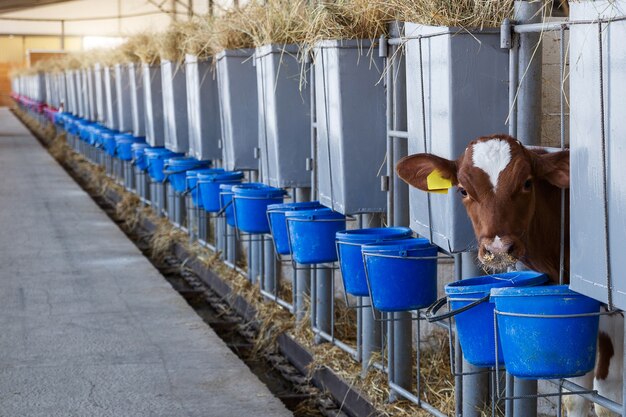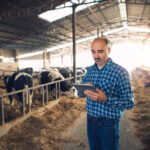In modern livestock farming, achieving efficient feeding practices is crucial for productivity, profitability, and animal health. Automated feeders have emerged as a game-changing technology, offering farmers a practical and cost-effective way to optimize feeding schedules, reduce wastage, and monitor livestock diets with precision. Here’s how to use automated feeders to improve livestock feeding efficiency.
1. Choose the Right Automated Feeder for Your Livestock
Automated feeders come in various types and sizes, each designed for specific livestock, such as cattle, poultry, pigs, or sheep. Selecting the right feeder is essential for its effective use. Consider factors like:
- The type of feed (pellets, grains, or liquid).
- The number of animals being fed.
- Whether the system is compatible with your current farming setup.
Researching brands and models that have positive reviews for durability and ease of use will ensure long-term benefits.
2. Program Feeding Schedules
One of the primary benefits of automated feeders is their ability to deliver feed on a precise schedule. Most feeders come with programmable features that allow you to set specific times and quantities. This consistency ensures:
- Animals are fed regularly, improving digestion and growth.
- Reduced competition for feed among livestock.
- Lower risk of overfeeding or underfeeding, both of which can lead to health issues.
By programming feeding schedules to mimic natural feeding habits, you can enhance animal well-being and productivity.
3. Monitor Feed Intake and Adjust Accordingly
Many advanced automated feeders are equipped with sensors and data-tracking capabilities. These features help farmers monitor:
- Feed consumption rates.
- Changes in animal feeding behavior.
- Any potential issues, such as equipment malfunctions or health problems indicated by reduced intake.
Analyzing this data allows farmers to make informed adjustments to feeding schedules and quantities, ensuring maximum efficiency and minimizing wastage.
4. Reduce Labor and Focus on Management
Automated feeders significantly reduce the time and effort required for manual feeding, allowing farmers and workers to focus on other critical tasks such as health checks, facility maintenance, and strategic planning. This reduction in labor needs can also lower operational costs in the long run.
5. Prevent Feed Wastage
Feed wastage is a common challenge in traditional feeding systems, often due to spillage, spoilage, or animals overfeeding. Automated feeders are designed to minimize these issues by delivering measured amounts of feed directly into troughs or feeding stations. Some systems even have mechanisms to prevent spillage or contamination, further reducing waste and saving costs.
6. Integrate with Other Smart Farming Technologies
Automated feeders can be integrated with other smart farming technologies, such as livestock tracking systems and environmental sensors. For example:
- Integration with weight sensors can help adjust feed portions based on animal growth.
- Pairing with temperature and humidity sensors ensures that feeding patterns align with environmental conditions.
This synergy creates a comprehensive smart farming ecosystem that maximizes efficiency and productivity.
7. Maintain and Calibrate Regularly
To ensure the long-term efficiency of automated feeders, regular maintenance is essential. This includes cleaning the feeders, checking for wear and tear, and calibrating dispensing mechanisms. Regular maintenance prevents breakdowns and ensures accurate feed delivery.
Automated feeders offer a practical and innovative solution to the challenges of livestock feeding. By improving feeding consistency, reducing wastage, and saving labor, they enhance overall farm efficiency and productivity. Investing in the right feeder, programming it effectively, and integrating it with other technologies can revolutionize your livestock management practices, paving the way for sustainable and profitable farming.







